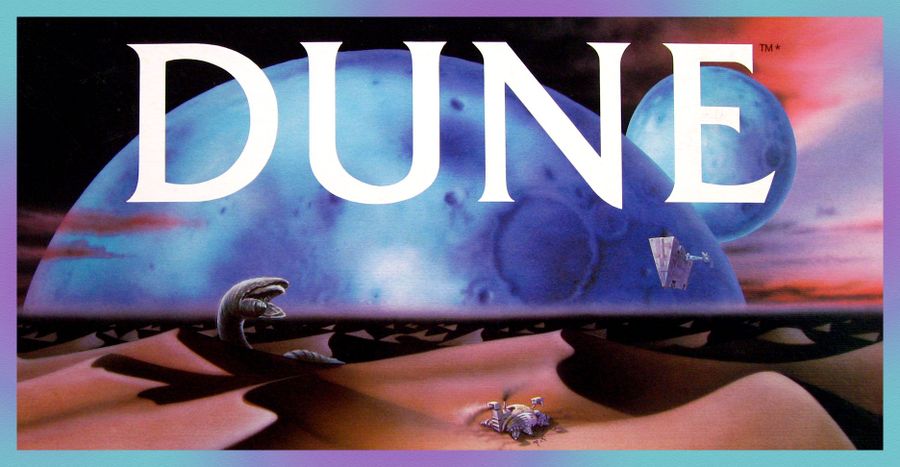Dune (1984) Board Game
The Dune board game was released in 1984 by Parker Brothers and is based on the iconic science fiction novel of the same name by Frank Herbert. The game allows players to take on the roles of different factions vying for control of the planet Arrakis, also known as Dune. With elements of politics, strategy, and negotiation, the game captures the intricate power struggles depicted in the novel.
Game Components of Dune
How To Setup Dune
To set up the game, each player chooses a character and places their character disk on their respective seat space on the board. Each player starts with six spice units and harvesters. The equipment and Kamle cards are placed within reach of all players. The game board is divided into two main sections: the outer circle and the inner circle, each with specific spaces that dictate different actions.
Gameplay Mechanics and Game Objective
Objective
The objective is to eliminate all other players and be the last team standing.
Mechanics
Player Experience
Playing Dune involves a mix of strategic planning, risk management, and luck. Players must balance collecting spice, acquiring equipment, and engaging in battles while navigating the hazards of the board, such as sandstorms and worms. The game requires a blend of short-term tactics and long-term strategy to outmaneuver opponents.
Pros
Cons
Personal Thoughts on Dune
Dune is for fans of complex strategy games and those who enjoy the Dune universe. It is not a casual game; it requires dedication and a willingness to learn its intricate rules. However, for those who invest the time, it offers a deeply rewarding experience with high replayability. If you’re looking for a game that challenges you strategically and immerses you in a sci-fi world, Dune (1984) is an excellent choice.
We are supported by our audience. When you purchase through links on our site, we may earn an affiliate commission, at no extra cost for you. Learn more.

